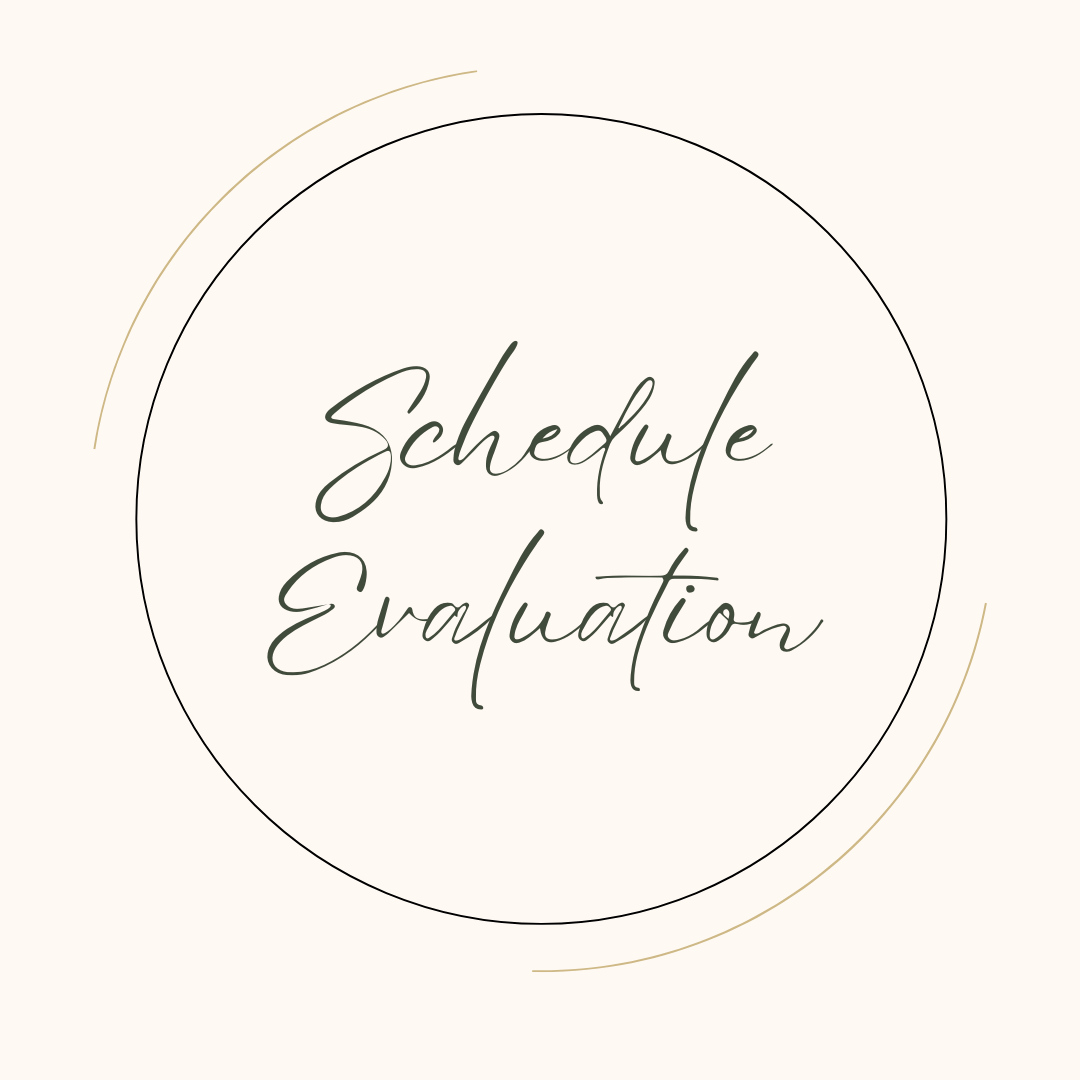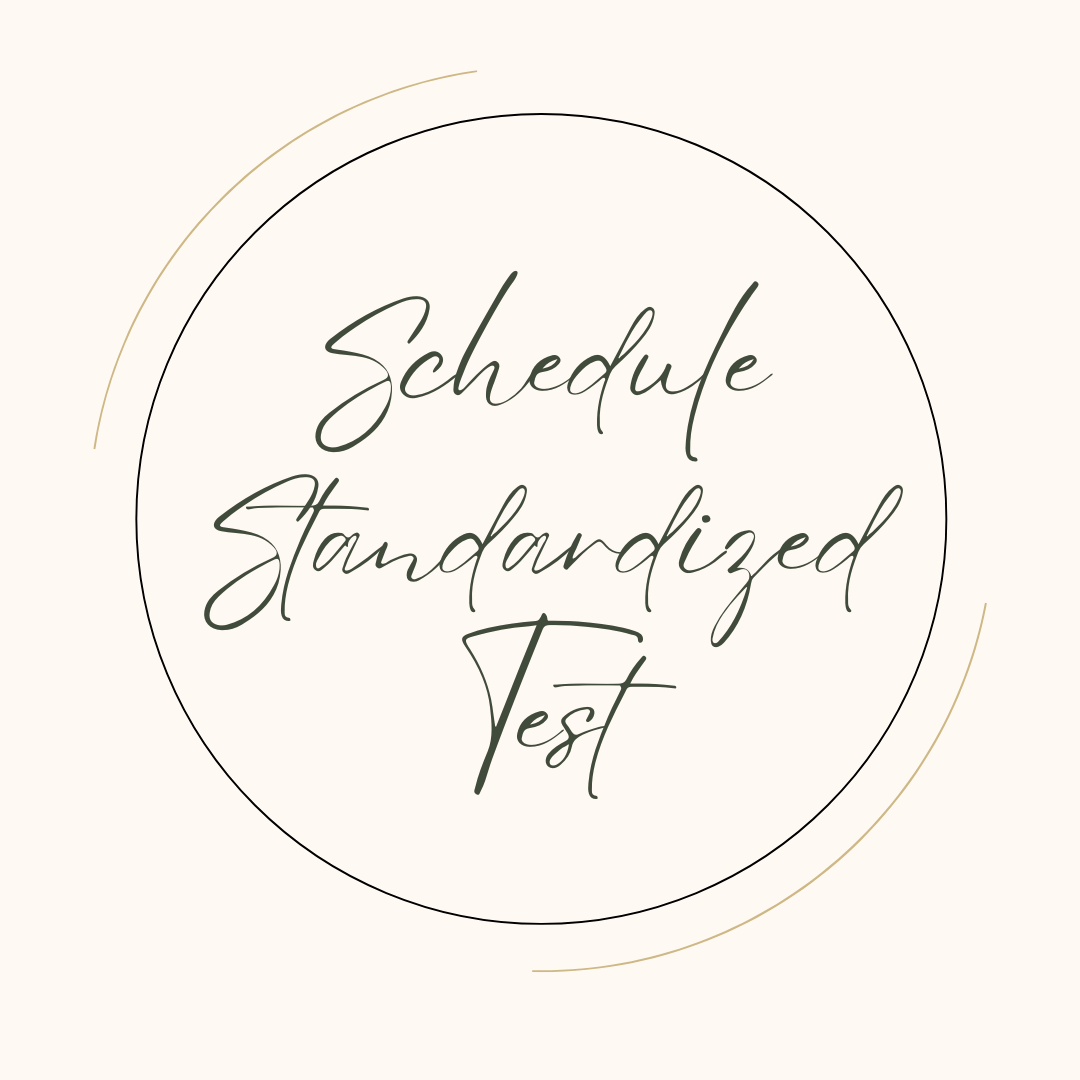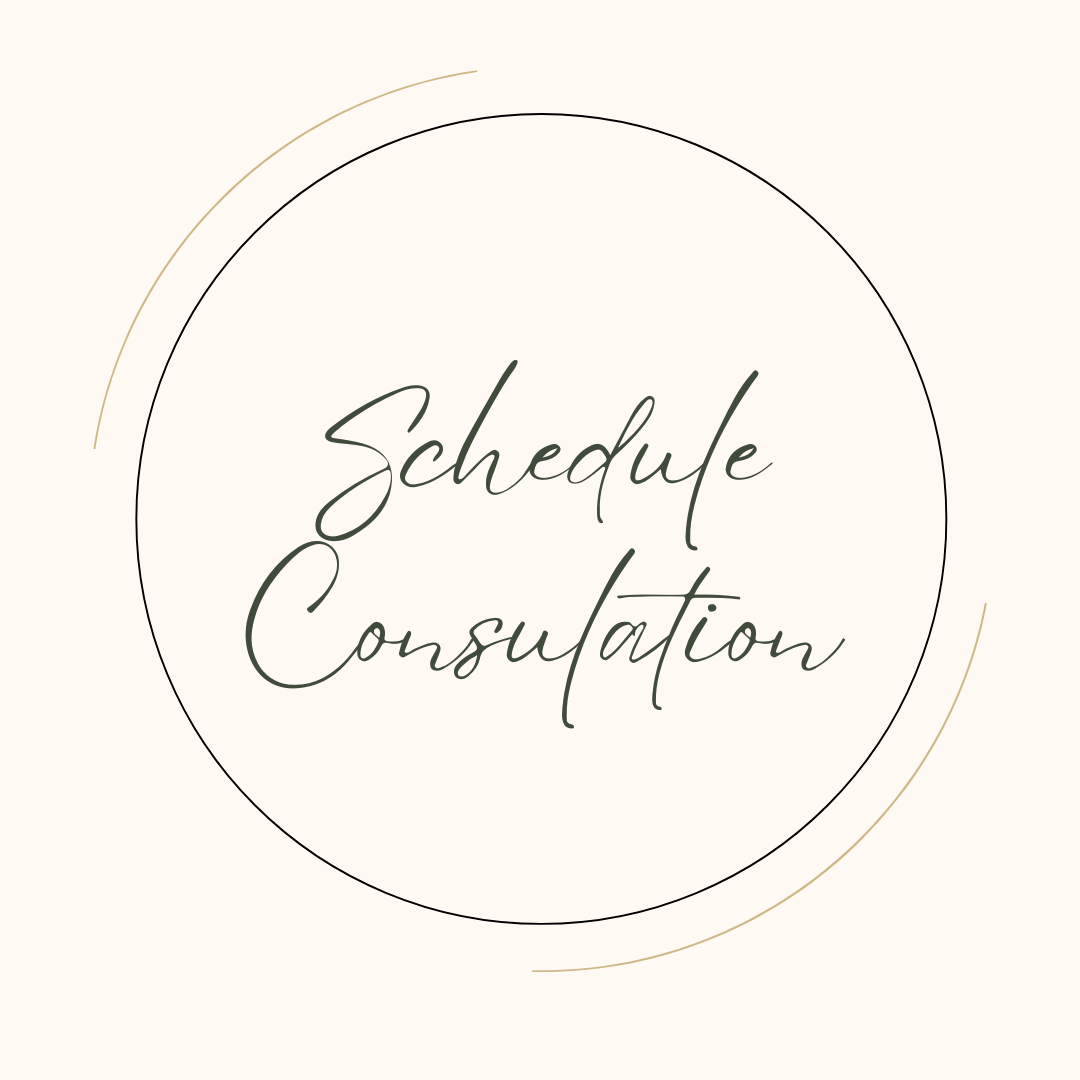Why I Have NEVER Finished a Curriculum (In 20+ Years of Teaching)
Podcast Transcript:
Why I Have NEVER Finished a Curriculum... in 20+ Years of Teaching
I want to talk to you today about something that might surprise you: I’ve never finished a curriculum. Not once. Not in my classroom teaching, and not in my homeschool.
And I want to tell you why that’s not only okay—but actually the secret to how I’ve taught effectively for over two decades.
Let’s start by breaking down what a curriculum really is.
What Is a Curriculum?
When most people think of a curriculum, they picture a stack of textbooks or a purchased package of lessons. But I want to invite you to think a little differently.
The word “curriculum” comes from the Latin word for a running course—a path. So rather than thinking of curriculum as a product, think of it as a path of learning. It includes four essential components:
Texts – The things we read, listen to, or view that communicate ideas.
Tools – The resources we use to make connections: manipulatives, craft supplies, field trips, technology, and more.
Tasks – What we do with our texts and tools: writing, building, discussing, cooking, experimenting.
Techniques – The way we deliver learning experiences: humor, movement, brevity, and other methods that suit our kids.
Curriculum isn’t a checklist—it’s a culture of learning that we build around our learning goals.
Why I Never Finish a Curriculum
There are two main reasons I’ve never finished a curriculum.
1. The Curriculum Doesn’t Know My Learning Goals
A curriculum is designed to serve a general audience. It doesn’t know your kids or the unique learning goals you have for them.
What are learning goals?
Learning goals are statements that define the qualities we hope our kids will grow into as adults. These might be academic, practical, relational, or spiritual.
I always ask: “As adults, I hope my children display the qualities of…” and then I build from there.
In my homeschool coaching, I guide other moms through creating these goals so they can make confident curriculum decisions. Because when your goals are clear, the curriculum becomes a tool—not a taskmaster.
In both the classroom and homeschool, I’ve learned to be okay skipping lessons or choosing different resources altogether when something doesn’t align with our goals.
Example? In my homeschool, I’ve used The Good and The Beautiful for language arts, but I often skip the poetry sections. My kids and I just didn’t connect with them—but we do love diving into song lyrics together as a form of poetry. So that’s where we lean in.
2. The Curriculum Doesn’t Have a Relationship with My Kids
Here’s the heart of the matter: the curriculum doesn’t know your child. It doesn’t know when they’re tired, when they’re discouraged, when they need to move around, or when they just need a laugh.
Expert teachers teach through relationship.
Parents are the experts on their children. And through intentional relationship, we learn their styles and needs—even if we don’t always have the technical terms.
If your child is struggling in the middle of a lesson, the curriculum doesn’t know that they might be hungry, tired, or simply overwhelmed. But you do. And that’s why you get to be the boss of the curriculum—not the other way around.
The Secret to Using Any Curriculum
The secret is this: Use curriculum as a guide—not a goal. Let it serve your family’s learning journey, not define it.
Remember:
The curriculum is a path—not a finish line.
You are allowed to skip, adapt, or ditch lessons.
The goal is steady progress toward who your child is becoming—not checking every box.




